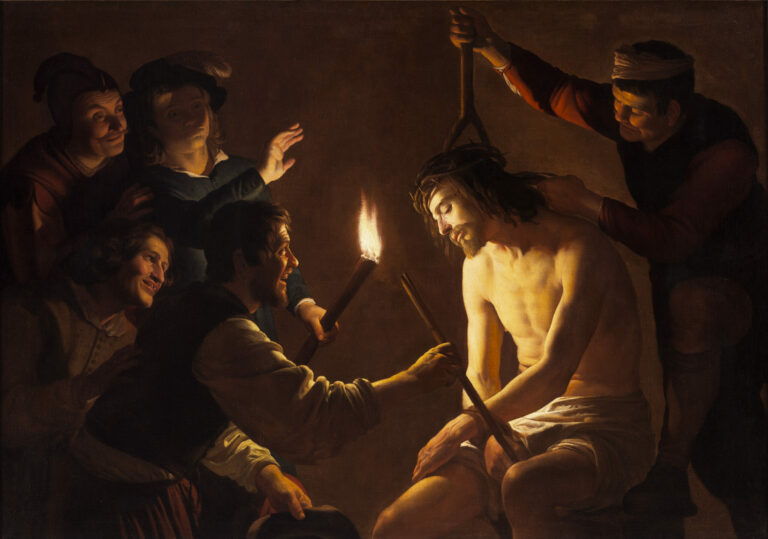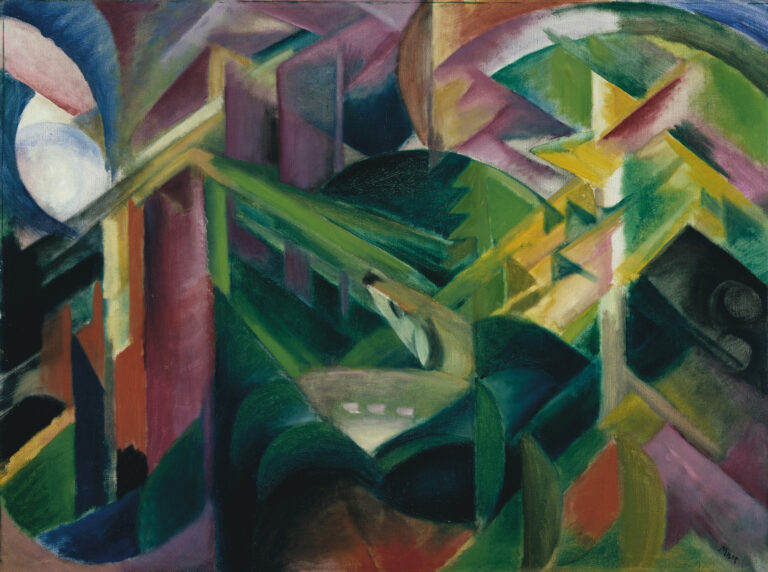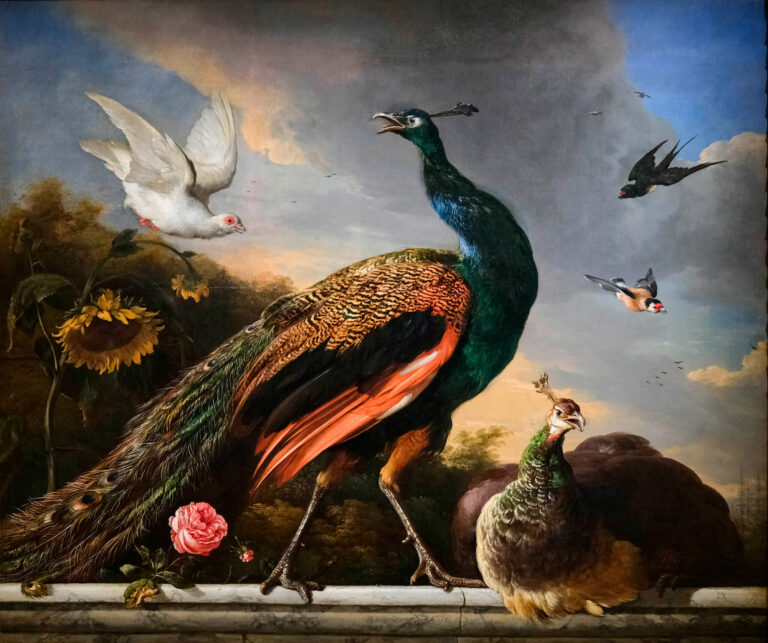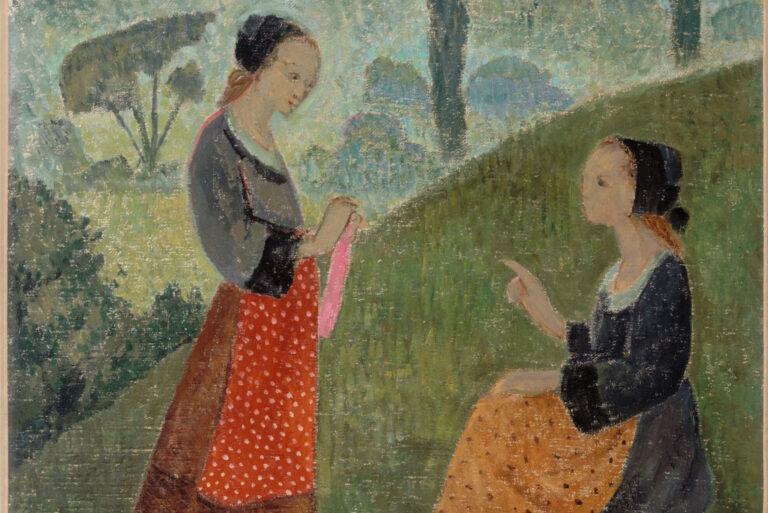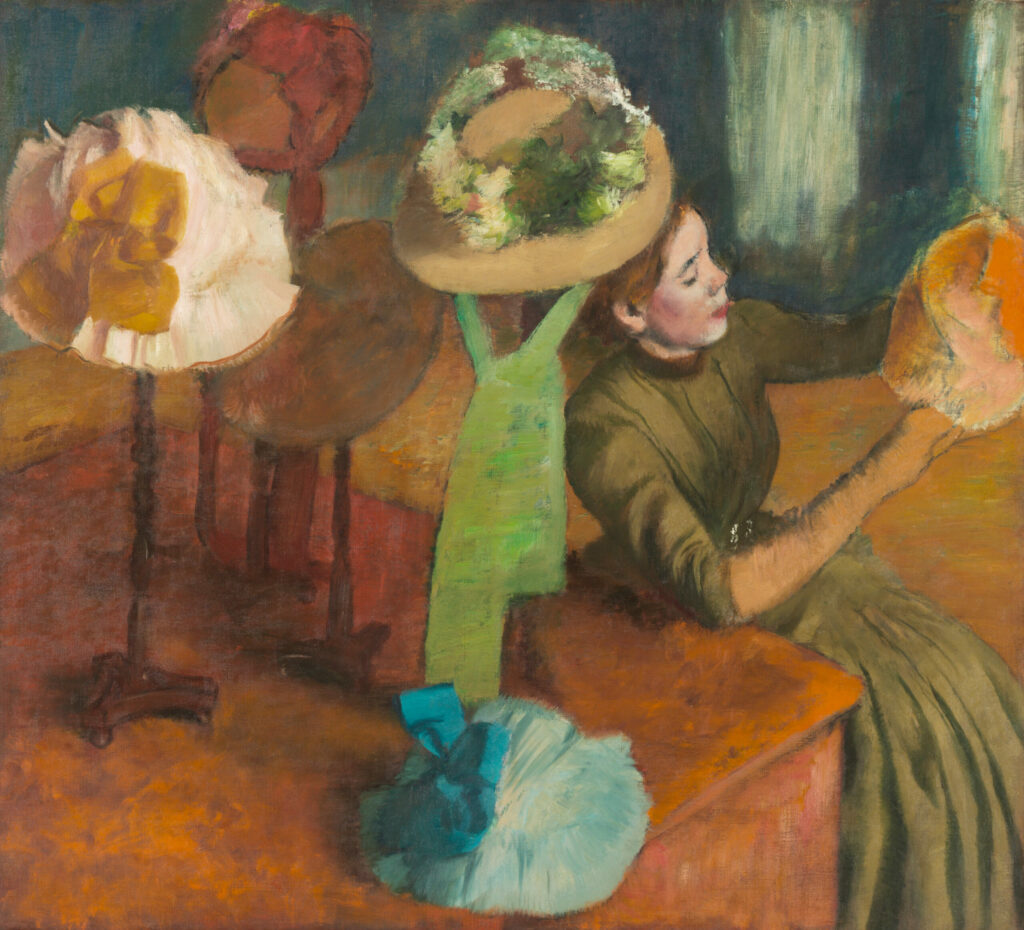
“The Millinery Shop” reveals Degas’s revolutionary approach to urban modernity. The artist plunges us into the intimacy of a Parisian boutique through bold framing and off-center perspective, capturing a suspended moment of daily life.
The composition poses a question: is this woman with precise gestures a saleswoman or a customer? Degas deliberately cultivates this ambiguity, showing her with pursed lips around a pin, gloved hands delicately manipulating a hat. This female figure, completely absorbed, embodies the laborious concentration characteristic of Degas’s subjects. The artist establishes a subtle analogy between artistic and artisanal creation: the unfinished hats on the table evoke his own creative process. Among the fifteen or so works devoted to this theme, this version remains the most ambitious, testifying to Degas’s fascination with the new commercial spaces and women’s trades of his era.
Further information
- The Millinery Shop, by Edgar Degas, 1879-1886
- 100 × 110.7 cm (39 3/8 × 43 9/16 in.)
- The Art Institute of Chicago, displayed in European Painting and Sculpture, Gallery 226
- https://www.artic.edu/artworks/14572/the-millinery-shop
Master of modern realism, Edgar Degas (1834-1917) revolutionized French painting through his sharp gaze on contemporary society. Trained in the academic tradition, he gradually broke with conventions to develop a personal style favoring the instantaneous and direct observation. Co-founder of the Impressionist movement, he distinguished himself through his predilection for interior scenes and his mastery of pastel. Fascinated by movement and everyday gestures—dancers, laundresses, milliners—Degas captured the essence of Parisian modernity with remarkable precision. His work, marked by innovative framings inspired by photography, demonstrates a constant search for new expressive means, making him one of the most penetrating observers of his era.

